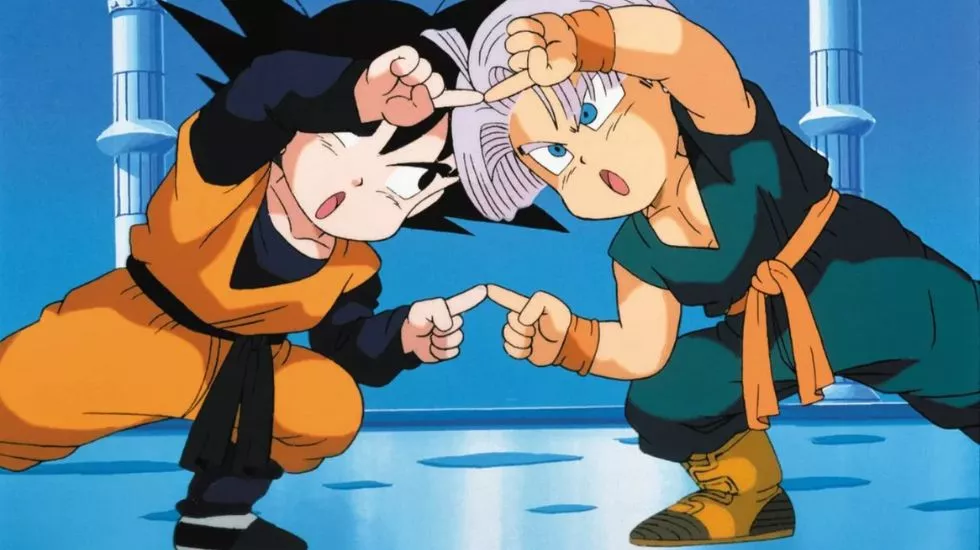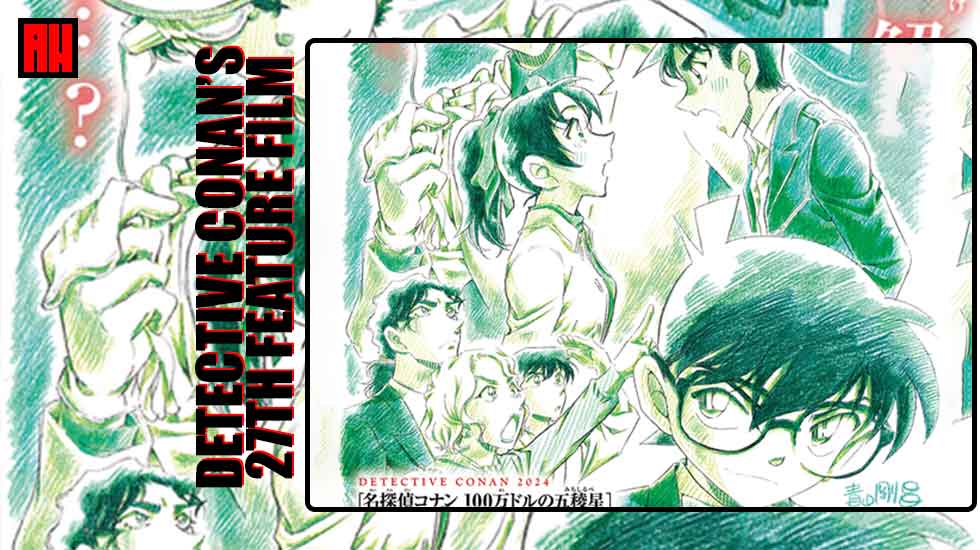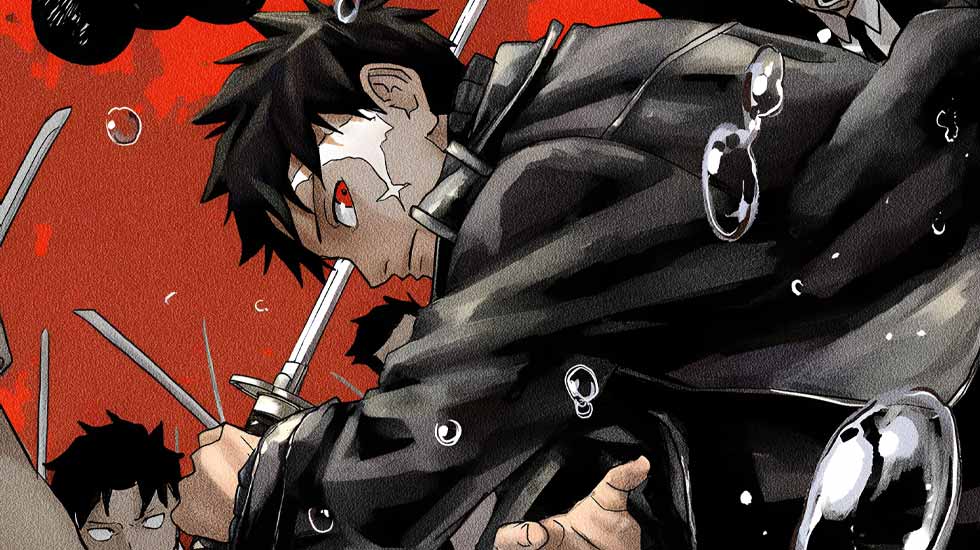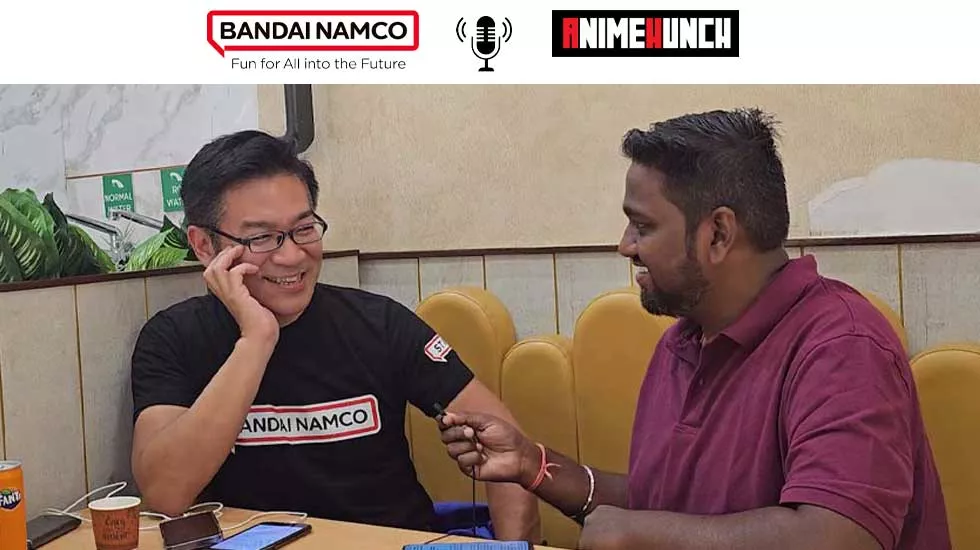The fusion technique in Dragon Ball has always been an interesting sequence to watch. As two characters combined, with the movements and poses of the Fusion Dance, a new fighter would emerge much to excitement of fans.
Despite its interesting premise, the Fusion Technique has just been viewed as a shonen power-up in general. But, for those who were actually scratching their heads over how characters like Goten and Trunks could fuse and end up becoming Gotenks, a cell engineering expert has finally come up with the answers.

Professor Naoki Wada is researching cell engineering at Tokushima University’s Graduate School of Technology, Industrial, and Social Sciences. He was the first person in the world to successfully achieve partial cell fusion between a human cell and a plant cell.
In a recently published interview with the official Dragon Ball website, Wada explained the possible mechanisms of how the Fusion Technique in Dragon Ball series works.
Before touching upon the Fusion Technique in Dragon Ball, Wada began by explaining how fusion works in real life.
“There are many ways to look at fusion, but in terms of cell fusion, it’s when two cells come together and become one cell. Cell fusion happens in nature, with one easy example being reproduction. During reproduction, a sperm fertilizes an egg. That’s fusion,” the professor said.
And coming to the technique itself, where two powerful fighters fuse to become a entirely new super-powerful one, Wada said that this was something that doesn’t have real world precedence.
In the real world, fusion only takes when both parts that are fusing are single-celled. However, when it came to someone like Trunks and Goten fusing, they were both multicellular organisms. And in order to explain this phenomena, Wada came up two hypothesis.
However, Wada soon realized that his first hypothesis had some flaws, and hence he felt that the Fusion Technique in Dragon Ball could be explained by the “zygotes sticking together theory”.
“My first hypothesis was that the cells within the two individuals mix completely without actually fusing. But, in that case, I think the fused individual would have mosaic-like results for color and such. For example, in terms of eye color, the new individual should have a mix of Goten’s black eyes and Trunks’ blue eyes. But Gotenks’ eyes are completely black, so that hypothesis wouldn’t work. Since that’s the case, the only other option is cell fusion. But it’s difficult to imagine that two individuals could fuse entirely, so I came up with the ‘zygotes sticking together theory’.”
Elaborating more on this theory Wada said when two individuals in the Dragon Ball universe try to fuse using the Fusion Dance, they are first converted into their single celled zygote state when their fingers first touch. Then the fusion between the two single celled zygote takes place, forming a new fused cell.
And finally, this fused zygote then grows rapidly to become a new fighter completely.
“Dragon Ball’s Fusion involves a process where each person touches the other’s fingers after doing a unique movement, and then there’s a burst of light. In that instant, the two trying to fuse each returned to their single-celled zygote (or fertilized egg) state, and then the two zygotes fuse to become one fused cell, which then grows rapidly, becoming a single individual.
This seems ridiculous for humans, but it seems possible that a single individual with the genetic information of two people could exist. The three processes “return to the zygote”, “fusion”, and “growing into a human form” all occur instantly.“
Wada also touched upon the Potara earrings, which is essentially another method of fusing other than the Fusion Dance. According to him, the earrings were items that helped carried out forceful fusions, which was akin to artificial fusions in the real world.
“If we assume that Fusion is a skill that allows things with similar characteristics to fuse, I think the Potara Earrings are an item that forcibly fuses things that cannot perform a Fusion.“
Going deeper into the topic, the professor highlighted one crucial difference between fusion in real life and Dragon Ball’s Fusion technique. According to him, fusion in the natural world is basically irreversible. Meaning, cells that have once fused cannot go back to their original state.
However, when it came to Gotenks and Gogeta, the fused warrior had a time limit, and after that, the fusing warriors would go back to their original state. Keeping in mind the zygote sticking together theory, Wada used Meiosis to explain how the splitting of warriors could be happening.
“If Goten and Trunks fuse via the method I hypothesized earlier, Gotenks should have retained the genetic information of both Goten and Trunks (2 sets + 2 sets = 4 sets). Otherwise, there would be no way for Gotenks to split back into Goten and Trunks. Then, when the time comes (30 minutes for Fusion), something forces the cells to go back to one cell, and the meiosis occurs. Perhaps the time limit of the different methods of Fusion is related to this,” Wada explained.

“When Gotenks returns to being single-celled, meiosis occurs. Cells with the original genetic information from only Goten and Trunks are created (during meiosis in the natural world, cells are recombined within DNA, and the original sequence may change). Afterwards, each cell multiplies and grows, and they eventually go back to Goten and Trunks,” he added.
Check the following image for better understanding of the whole fusion process and separation.

Wada admitted that this was quite acrobatic, however, this was the only real world explanation that could be given to how the Fusion Technique actually works in Dragon Ball!
You can read the entire interview with Professor Wada on the official website.






















